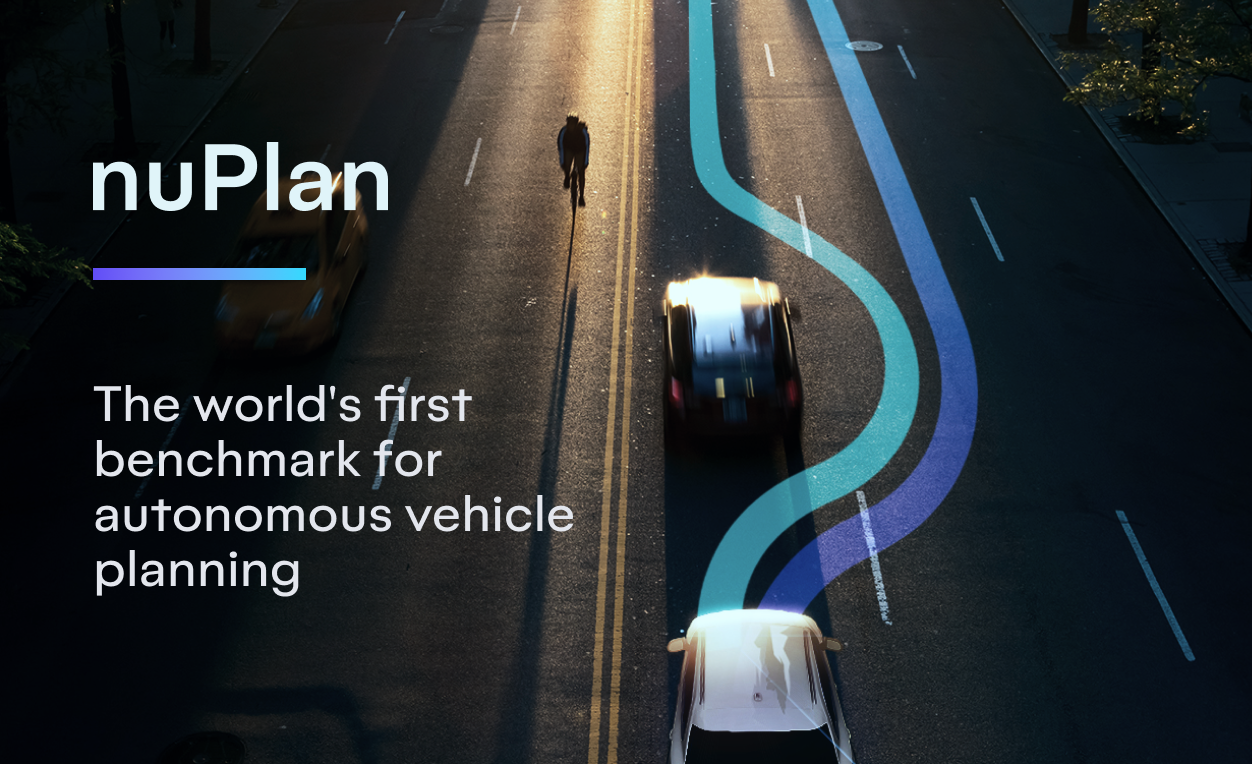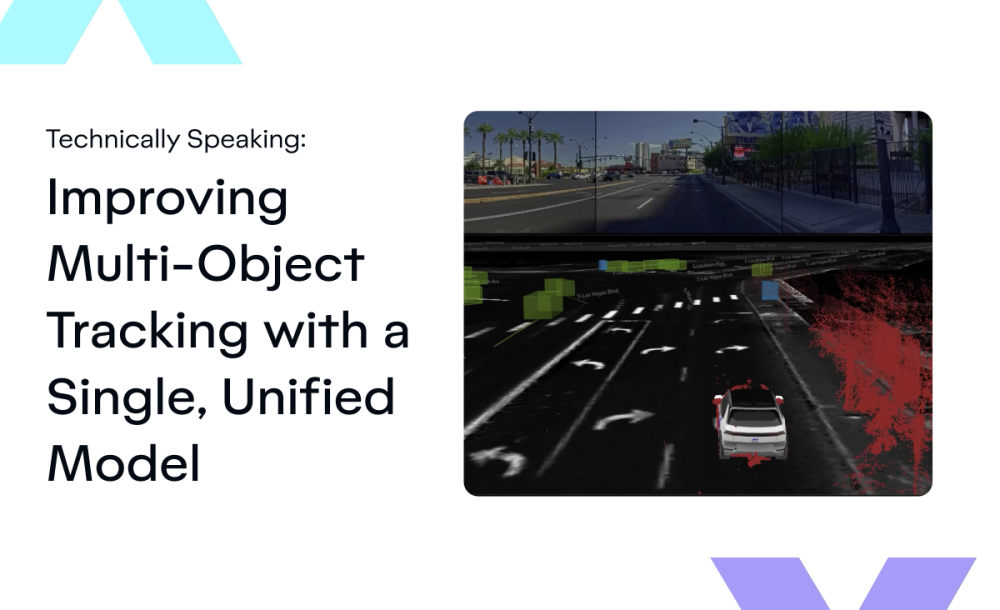
Building Towards End-to-End Machine Learning Autonomy: Improving Multi-Object Tracking with a Single, Unified Model
In autonomous driving, multi-object tracking is a fundamental component that identifies, locates and follows all the relevant objects in the driving scene. Read how Motional is approaching multi-object tracking with a single, unified model.
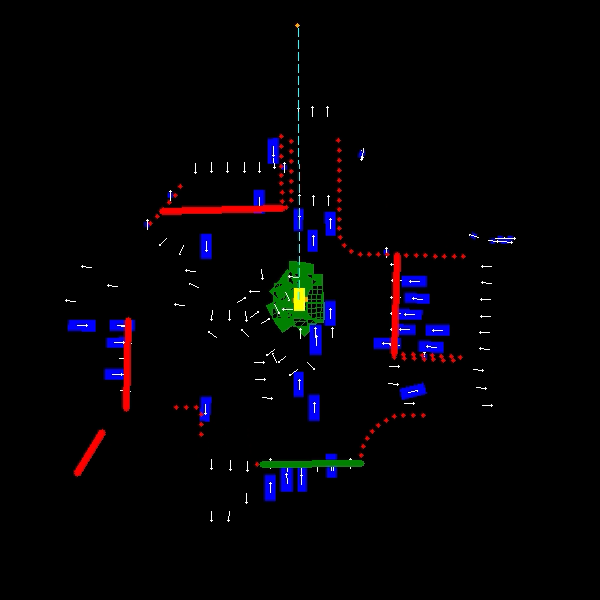
Why an Exceptional Coach is Needed for Autonomous Vehicles
At Motional, we have a rigorous, multifaceted training curriculum, including supervised, unsupervised and reinforcement learning in simulated environments, ensuring our vehicles are prepared for what they will encounter on the roads. Learn more how we train our autonomous driving system from Motional's President and CEO Laura Major.

Why is Behavior Prediction Important for Autonomous Driving?
Prediction is the ability to accurately reason a driving environment and anticipate the behavior of other road users. This technical blog covers Motional's approach to prediction, and how scaling up our behavior prediction network has been a major part of our vision to develop Large Driving Models (LDMs) that support globally scalable autonomous driving.

Technical Speaking: Omnitag, ML-Powered Multimodal Data Mining Framework
In this blog post, we introduce Omnitag, an ML-Powered Multimodal Data Mining Framework that transforms the "dark matter" of autonomy into refined, ready-to-use fuel for next-generation AVs.
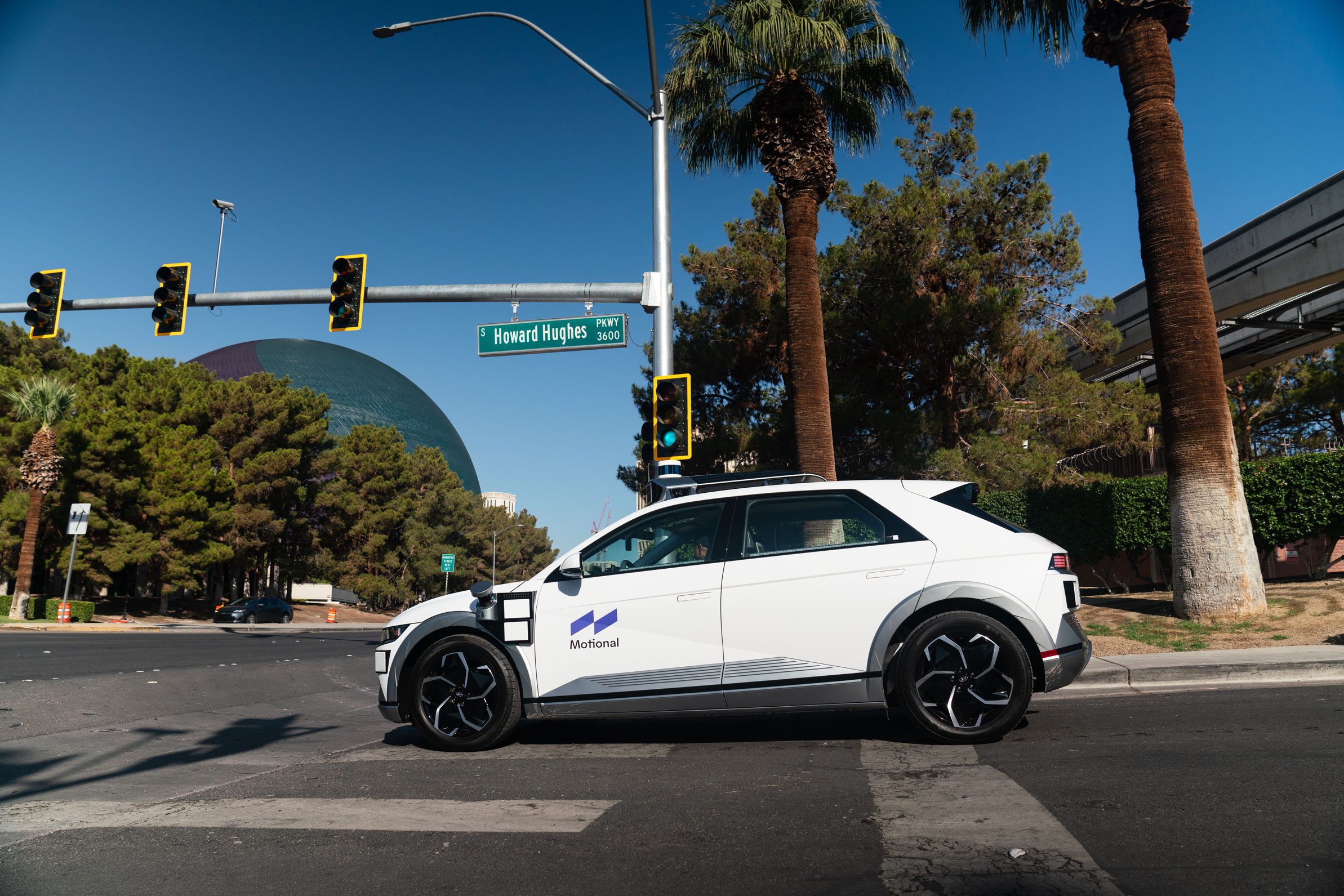
Technical Speaking: Transitioning from Rule-Based to ML-Powered Motion Planning
At Motional, we are pioneering the next evolution of AV technology by transitioning from traditional rule-based planning systems to an end-to-end machine learning (ML) powered motion planning system. This shift allows us to address some of the key limitations of legacy AV architectures and embrace a future where AVs rapidly learn, adapt, and improve with every mile driven.
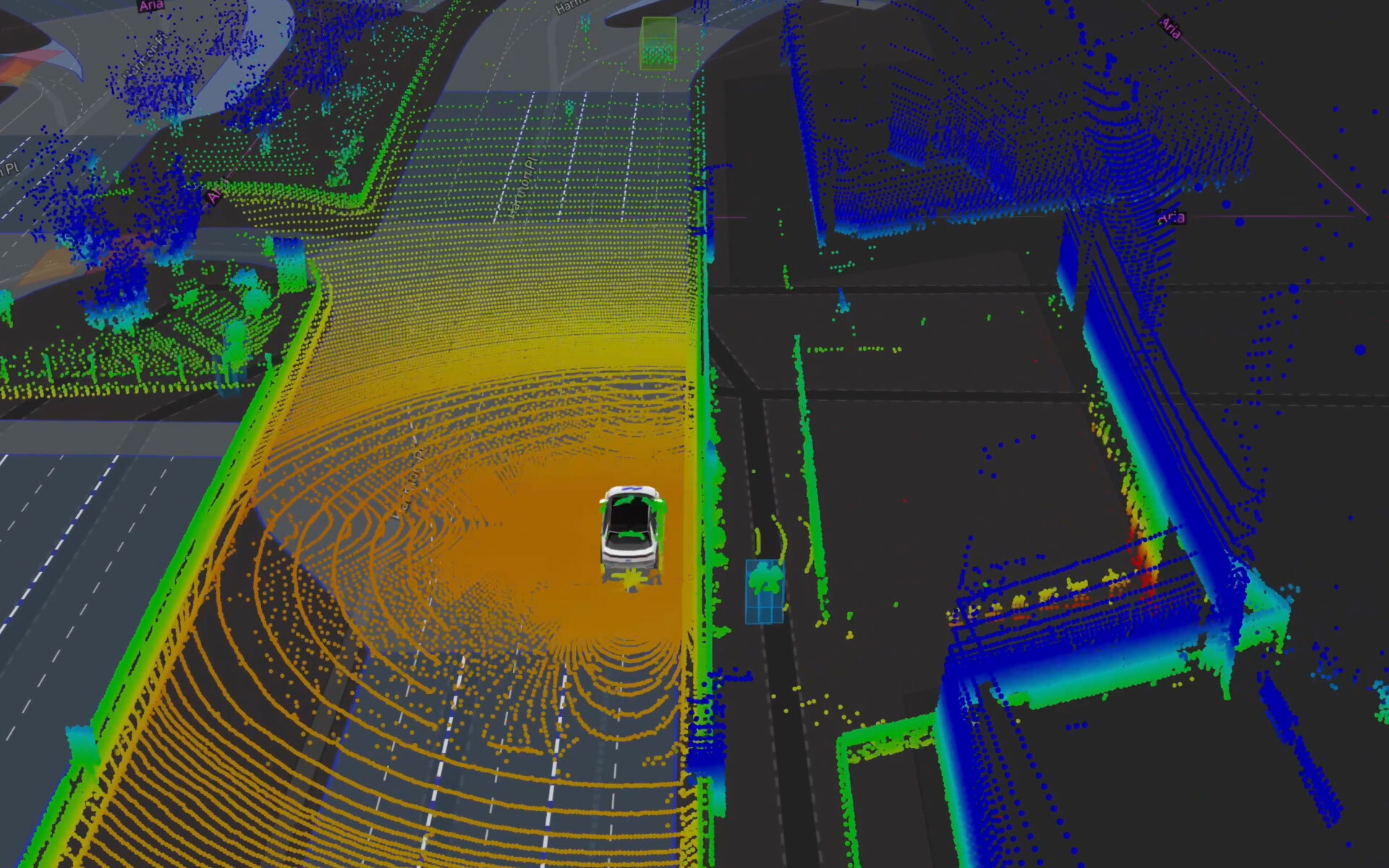
Technically Speaking: Motional’s Imaging Radar Architecture Paves the Road for Major Improvements
By rethinking system architecture and using machine learning to analyze and process previously discarded low-level radar data, Motional is working on dramatically enhancing radar performance to the point that it rivals the point clouds produced by lidar.
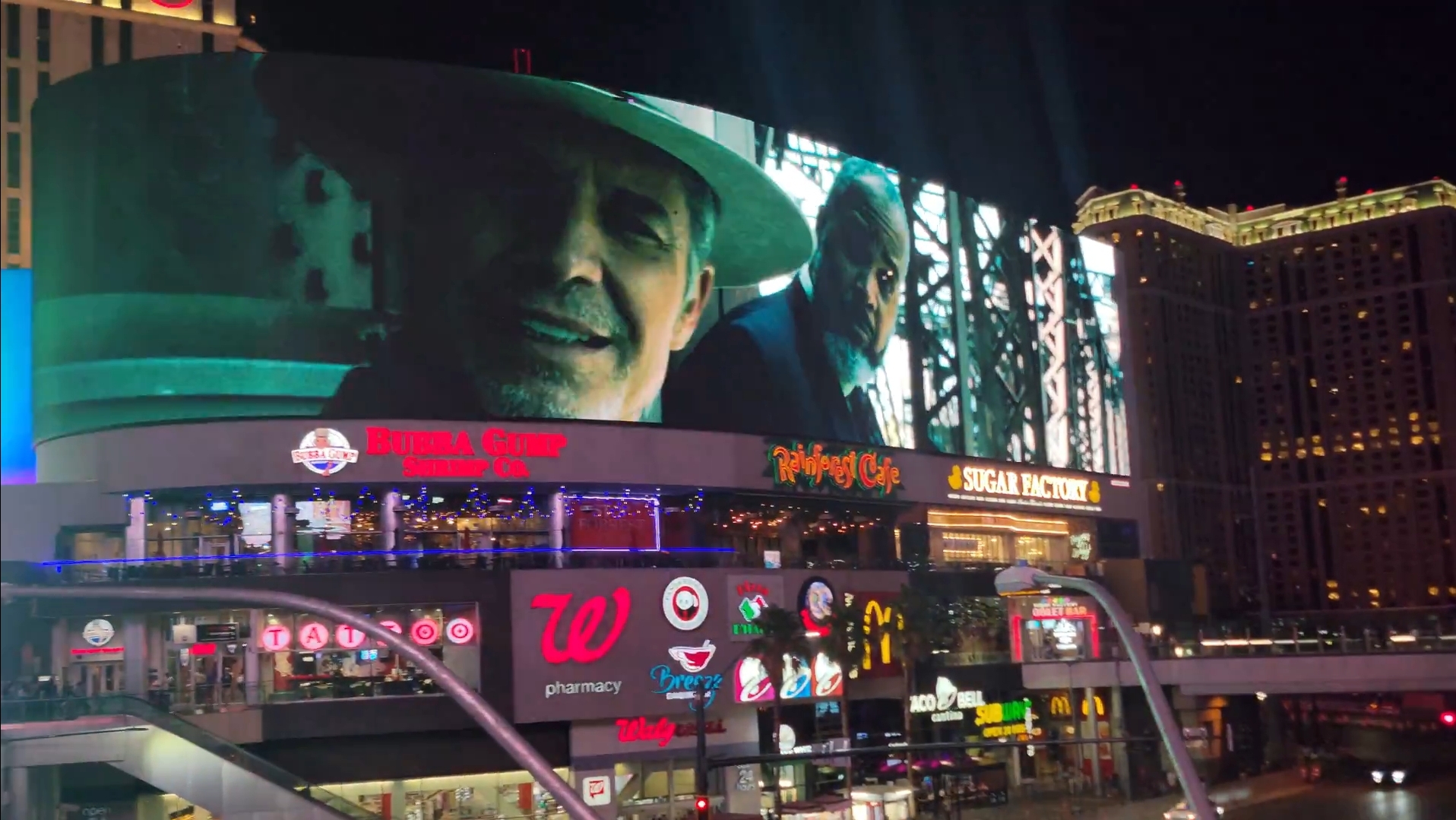
Keeping Focus: Motional’s Robotaxis Block Out Las Vegas Distractions
Motional’s all-electric IONIQ 5 robotaxis are trained to ignore all the lights and sights that make Las Vegas a memorable experience. and instead focus solely on safely navigating through the complex driving environment.

Technically Speaking: Second-Stage Vision Adds Needed Context to Unique Scenarios
Motional has developed a Second-Stage Vision Network that uses machine learning principles to add important context to our object classifications -- additional fine-grain classification then flows downstream improving our perception, prediction, planning, and control substacks.
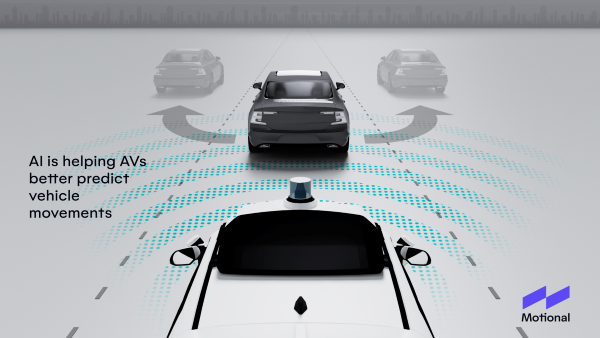
Technically Speaking: Improving Multi-task Agent Behavior Prediction
Motional's PredictNet approach to prediction uses machine learning principles and a multi-task learning architecture to more accurately predict the future behaviors of surrounding agents.
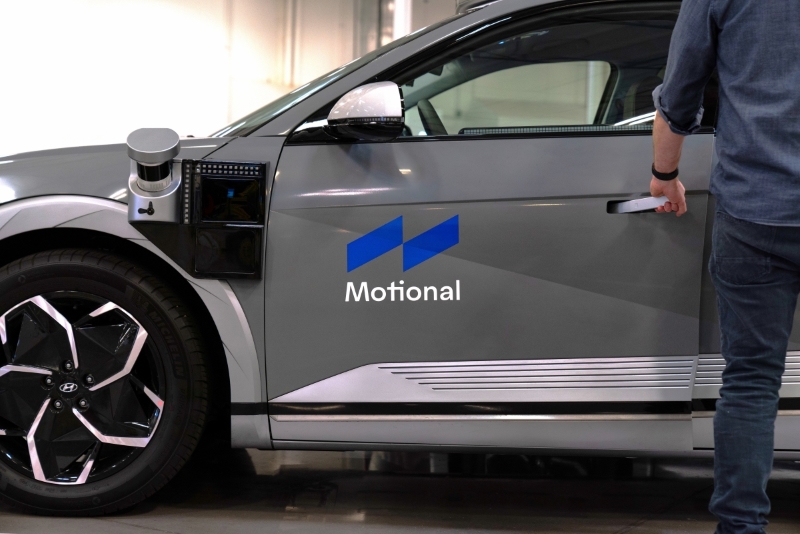
Rethinking the Role of Radars as Robotaxis Mature
As AV technology advances, and the global supply chain responds to industry demand, radars could emerge as the central sensors for robotaxis, says Motional's Chief Technology Officer.
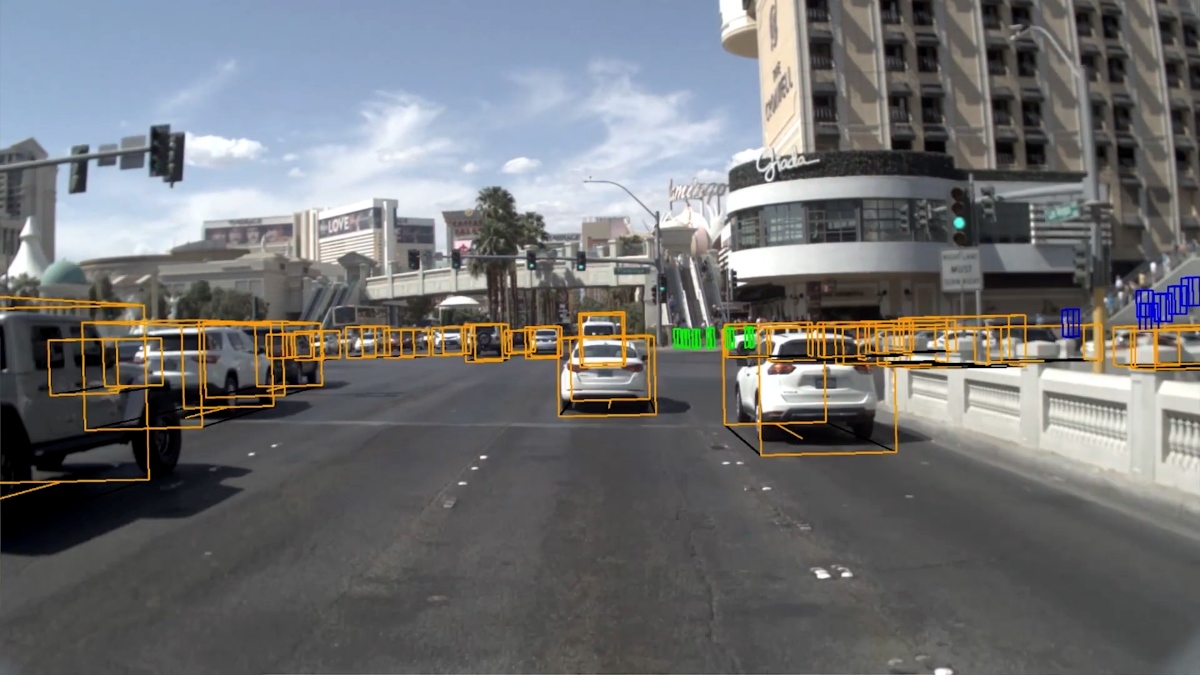
DriverlessEd Chapter 7: Outside Your Ride
When developing autonomous vehicles, nothing is more important than safety. The safety of those driving, walking, or biking near our robotaxis is just as important as the safety of the person inside the vehicle. Learn how our vehicles respond to their environment in Chapter 7 of #DriverlessEd.

International Teams Advance AV Research in 2023 nuPlan Challenge
Teams from around the world competed in Motional's 2023 nuPlan Challenge, which helped research into advanced autonomous driving planners.

Technically Speaking: How Continuous Fuzzing Secures Software While Increasing Developer Productivity
Motional uses continuous fuzzing to make sure that our software is as safe and secure as possible before deploying it – or if there is a glitch, that the system can handle it gracefully.
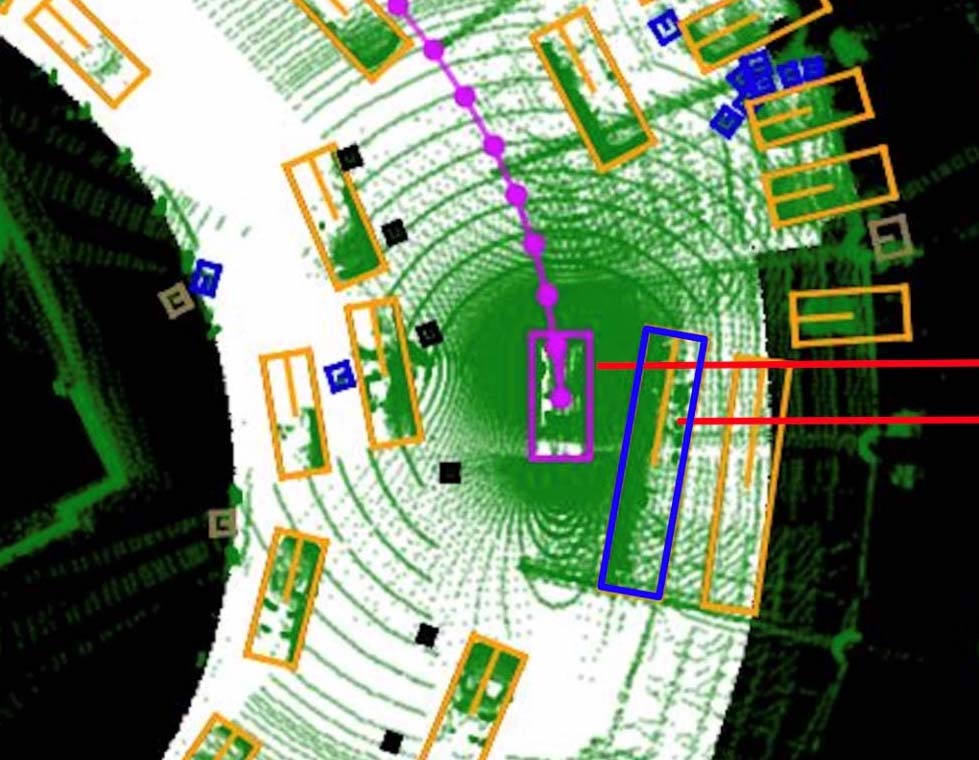
Technically Speaking: Improving AV Perception Through Transformative Machine Learning
Transformer Neural Networks are receiving increased attention about how they can improve AI-driven technology. Our latest Technically Speaking blog explores how Motional has been using Transformers to make our perception function better.
